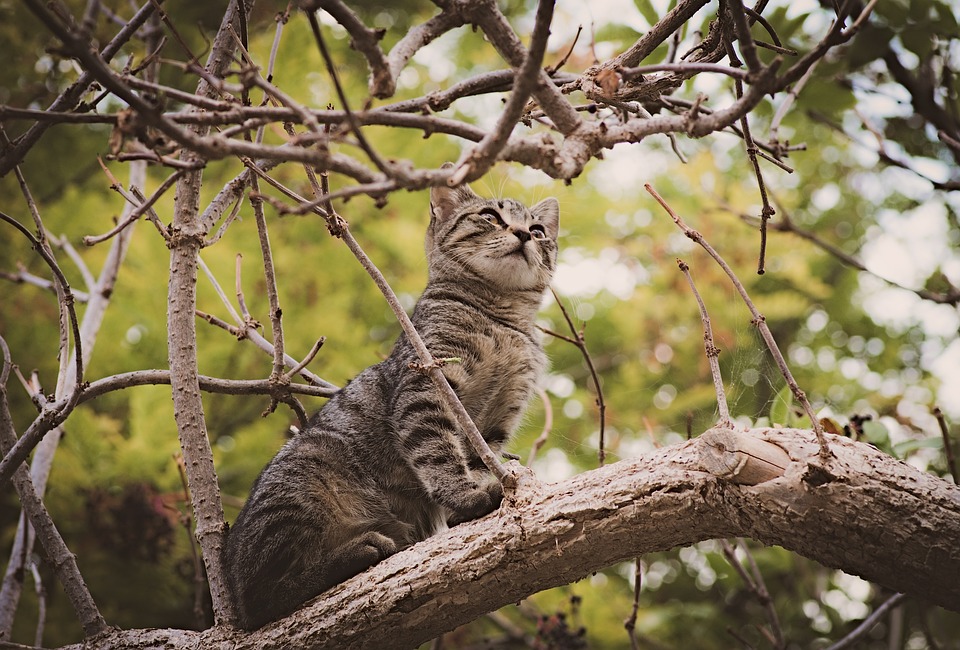Cats, known for their agility and graceful movements, can sometimes develop joint issues that can significantly impact their quality of life. Just like humans, cats can suffer from joint problems, such as arthritis or hip dysplasia. Recognizing the signs and symptoms of these conditions early on is crucial for ensuring your furry friend receives the necessary care and treatment. In this article, we will explore the common signs of joint issues in cats and provide valuable insights into their management.
1. Limping or Difficulty Walking
One of the primary indications that your cat may be experiencing joint issues is limping or difficulty walking. Observe your cat’s gait for any abnormalities, such as favoring one leg or showing stiffness when getting up or climbing stairs. If you notice any of these signs, it is essential to consult your veterinarian to determine the underlying cause and appropriate treatment plan.
2. Decreased Activity and Reluctance to Jump
Cats with joint issues often exhibit a decreased level of activity and become less playful. You may notice your once agile and adventurous feline companion avoiding activities they used to enjoy, such as jumping onto high surfaces or chasing toys around the house. In some cases, your cat may even experience difficulty getting up onto furniture or using the litter box due to joint pain.
3. Changes in Behavior and Irritability
Joint issues can cause discomfort and pain, leading to changes in your cat’s behavior and temperament. Cats suffering from joint problems may become more irritable or aggressive, especially when touched or handled near the affected joints. They may also show signs of depression or withdrawal, seeking isolation rather than engaging in social interactions.
4. Muscle Atrophy and Joint Deformities
When joint issues are left untreated, they can lead to muscle atrophy and joint deformities in cats. Over time, the lack of proper mobility can result in the wasting away of muscles, particularly around the affected joints. Additionally, you may notice visible deformities, such as swollen or misaligned joints, in more advanced cases.
5. Licking or Biting at Joints
Cats experiencing joint pain may frequently lick or bite at the affected joints as a way to alleviate discomfort. Excessive grooming in specific areas, particularly around the joints, can lead to hair loss, skin irritation, and even the formation of hot spots. If you observe your cat excessively grooming a particular joint, it’s crucial to seek veterinary advice to address the underlying issue.
FAQs: Understanding Joint Issues in Cats
Q1: Are certain cat breeds more prone to developing joint issues?
A1: Yes, some cat breeds are genetically predisposed to joint problems. For instance, Maine Coons and Bengals may be more susceptible to hip dysplasia, while Persians and Exotics may be prone to patellar luxation. However, joint issues can affect cats of any breed or mix.
Q2: What can I do to manage joint issues in my cat?
A2: Consulting with your veterinarian is crucial to develop an individualized management plan for your cat’s joint issues. This may include dietary modifications, weight management, exercise routines, pain medications, and joint supplements. Physical therapy and alternative treatments, such as acupuncture, can also be beneficial.
Q3: Can joint issues in cats be prevented?
A3: While some joint issues may have a genetic component that cannot be entirely prevented, maintaining a healthy weight and providing appropriate exercise can help reduce the likelihood of joint problems. Regular veterinary check-ups can also aid in early detection and intervention.
Q4: Is surgery always necessary for joint issues in cats?
A4: Surgery is not always necessary for managing joint issues in cats. Non-surgical approaches, such as medications, physical therapy, and lifestyle modifications, can often provide significant relief. However, in severe cases or when conservative treatments fail, surgical intervention may be recommended.
By being attentive to the signs and symptoms of joint issues in cats, you can ensure your beloved feline companion receives the necessary care and support. Remember, early detection and proper management are key to maintaining your cat’s mobility and overall well-being. Always consult with a veterinarian for an accurate diagnosis and tailored treatment plan.








